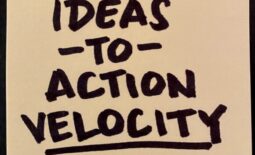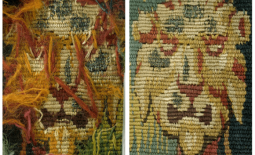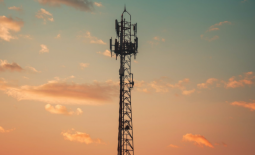Helpful Humor (and Cheesecake Appetizers) Break Response Patterns
 I’ve been exploring the idea of “Helpful Humor” in some recent blog posts. First on the Emergency Coffee article and then on my coverage of Dollar Shave Club’s colon cancer awareness campaign.
I’ve been exploring the idea of “Helpful Humor” in some recent blog posts. First on the Emergency Coffee article and then on my coverage of Dollar Shave Club’s colon cancer awareness campaign.
In both instances these companies used humor to break their prospect of a pre-programmed response.
According to a study I found referenced on Ask.com, the average human makes about 612 decisions each day. That’s 4,900 decisions per week and 254,800 decisions per year. This doesn’t even begin to take into account the thousands of involuntary decisions you make each day where your brain sends messages to your body to execute without you really thinking about it (the person in the car in front of you just slammed on their breaks — do you swerve to avoid hitting them or slam on your own breaks?)
As a filtering mechanism we’ve developed pre-programmed responses to many typical and repetitive questions:
- You walk into a store and the clerk asks if they can help you.
- The guy behind the counter at the fast food joint asks if you want fries with that.
- The woman who hands you change at the register says “have a nice day!”
But what happens when someone breaks that pattern?
When you answer the phone at work, the sequence typically goes like this:
You: “Hello, thank you for calling our company — how can I help you?”
Them: “Hi, I’d like to speak to Ms. Smith.”
You: “May I tell her who’s calling?”
But we’ve all had someone break that pattern…
You: “Hello, thank you for calling our company — how can I help you?”
Them: “Hi, this is Mr. Jones — I’d like to speak to Ms. Smith.”
You: “May I tell her who’s… um wait. Nevermind. You just told me… I’ll put you through.”
It throws a wrench into the works and brings your brain to a halt as it stumbles over the pre-programmed response and quickly tries to re-route the decision making process in order to consider the new variables and form a more specific response to the question.
Breaking the pattern of a cliche question forces the person to whom you’re talking to switch off the auto-pilot and puts them back into manual control.
Now combine the benefit of bringing the person you’re talking to back into full attention within your conversation, and forming a bond with humor while you’re doing it. The lady who offered to tell me the breakfast specials or bring me an emergency cup of coffee did exactly that.
I had this happen to me again a few weeks ago when I went to Red Robin with my sweetie. The server came to the table, took our drink orders, and then asked us if we wanted an appetizer. He mentioned a couple appetizer options…
“Would you like to start with an appetizer? Perhaps some pretzel bites, spinach dip, or maybe some cheesecake?”
We were halfway through our answer of “I don’t think so — not tonight…” when we stopped mid-sentence to pause and laugh at the idea. The server successfully broke the pre-programmed response, made us smile, and created an opportunity to make a human connection with his customers all because he added a traditional dessert option to the default list of appetizer choices.
Once you’ve successfully forced someone off auto-pilot, they tend to remain in manual control for the rest of the conversation. We continued to interact in a friendly manner for the rest of our meal, and we even joked about ordering chili cheese fries for dessert as a counter to the idea of cheesecake as an appetizer.
By breaking the pattern of how he normally phrased his opening question (the question he probably asks a hundred times during a shift) the server made a connection and gave us a story to tell our friends (and the readers of this blog.) And he won himself a healthy, non-auto-pilot tip to boot.
Lightbulb Moment:
- How can you rephrase the questions you ask your customers everyday?
There are at least 5 different ways to ask the same question.
. - Where can you add bits of humor to your questions in order to make your customers smile and consciously respond to your queries?
Your goal is to get “non-auto-pilot” answers.
. - What stories do you want your customers to go and tell their friends about the interaction they had with you and your company?
Your customers can choose to say something good about you, something bad about you, or nothing at all about you. The cool part is — you get to help them choose.
.



